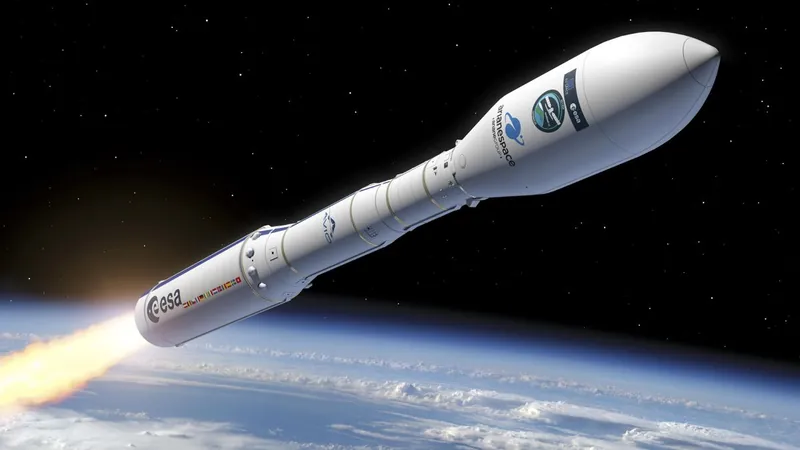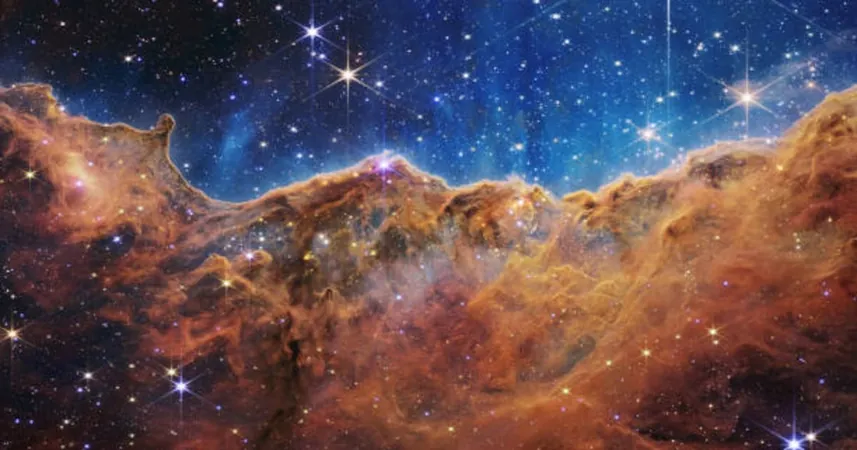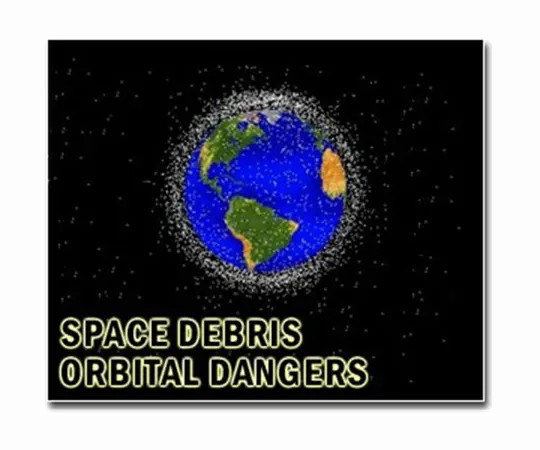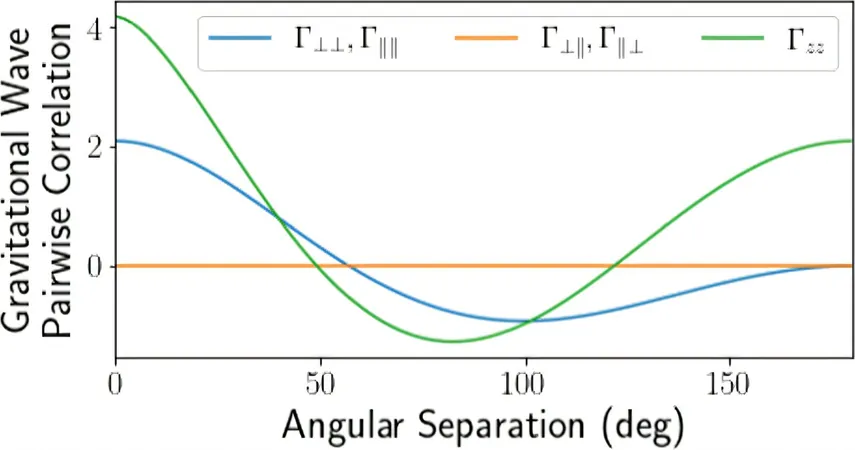
Get Ready for SMILE: Europe and China Collaborate on Groundbreaking Space Weather Mission Set for 2026 Launch!
2025-01-22
Author: Rajesh
SMILE Mission Overview
In an exciting development for space science, the European Space Agency (ESA) and the Chinese Academy of Sciences (CAS) are gearing up for the launch of their pioneering joint mission, the Solar Wind Magnetosphere Ionosphere Link Explorer (SMILE), scheduled for early 2026. This collaboration marks a significant step in understanding the intricate relationship between solar activity and Earth's magnetic environment.
Mission Objectives
SMILE is a mission designed to delve into the dynamic interactions between the solar wind—a stream of charged particles emitted by the Sun—and Earth's magnetosphere. By exploring these connections, SMILE aims to illuminate the processes behind space weather and its varied effects on our planet, crucial for safeguarding technology and human activities in orbit.
Launch Details
According to ESA's director general Josef Aschbacher, the mission is set to launch aboard a Vega-C rocket from Europe's Spaceport in Kourou, French Guiana. "The launch is very likely to take place next year," Aschbacher noted during a recent press briefing. Negotiations are ongoing to finalize the launch slot, with preparations for the Vega-C rocket scheduled to be completed by the end of this year.
Scientific Instruments
The spacecraft, weighing in at an impressive 5,070 pounds (2,300 kilograms), will employ a suite of advanced scientific instruments, including a light ion analyzer, a magnetometer, a soft X-ray imager, and an ultraviolet aurora imager. These tools will enable researchers to observe charged particles from the Sun and analyze their interactions with Earth’s atmosphere and magnetic field.
Research Questions
SMILE sets out to answer pivotal questions about space weather, such as the nature of interactions at the juncture of solar wind and Earth's magnetic shield, the source of magnetic glitches experienced on the planet's dark side, and how to anticipate the most hazardous space weather events ahead of time. The mission's findings could significantly enhance our understanding of these phenomena, ultimately contributing to better protective measures for both space-based assets and astronauts.
Timeline and Challenges
This mission has been a long time in the making, having been selected in 2015 from a pool of 13 proposals. Originally slated for launch in 2021, SMILE has encountered a number of delays due to technical challenges and the global impacts of the COVID-19 pandemic, but its prospects look promising as preparations ramp up.
Conclusion
As space exploration continues to be a focal point of international collaboration and scientific advancement, SMILE stands as a testament to the potential of joint efforts in unlocking the mysteries of our universe. Don't miss out on following this groundbreaking mission as it prepares to launch into the final frontier!







 Brasil (PT)
Brasil (PT)
 Canada (EN)
Canada (EN)
 Chile (ES)
Chile (ES)
 Česko (CS)
Česko (CS)
 대한민국 (KO)
대한민국 (KO)
 España (ES)
España (ES)
 France (FR)
France (FR)
 Hong Kong (EN)
Hong Kong (EN)
 Italia (IT)
Italia (IT)
 日本 (JA)
日本 (JA)
 Magyarország (HU)
Magyarország (HU)
 Norge (NO)
Norge (NO)
 Polska (PL)
Polska (PL)
 Schweiz (DE)
Schweiz (DE)
 Singapore (EN)
Singapore (EN)
 Sverige (SV)
Sverige (SV)
 Suomi (FI)
Suomi (FI)
 Türkiye (TR)
Türkiye (TR)
 الإمارات العربية المتحدة (AR)
الإمارات العربية المتحدة (AR)